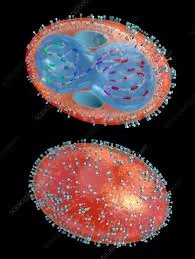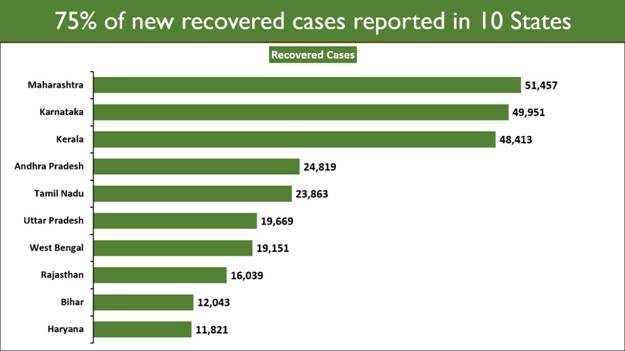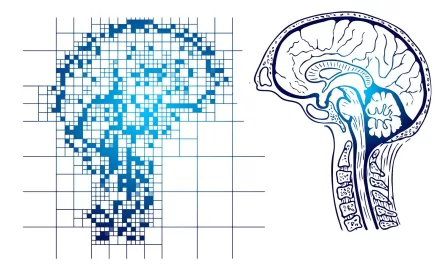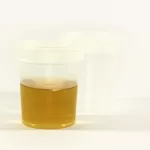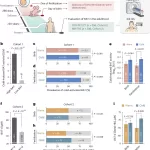ISTA Scientists Employ Advanced Cryo-EM Techniques to Decode the Mysteries of Poxviruses
February 7, 2024
The resurgence of Mpox virus in 2022-2023 served as a stark reminder of the ever-present threat posed by poxviruses, spurring researchers to delve deeper into understanding these elusive pathogens. Now, a team of scientists from the Institute of Science and Technology Austria (ISTA) has made significant strides in unraveling the enigma surrounding poxviral core architecture, a crucial step towards developing novel therapeutics.
Published in Nature Structural & Molecular Biology, the study marks a milestone in virology, shedding light on the fundamental questions that have long eluded researchers in the field.
“Understanding the structure and function of the poxviral core is essential for devising effective strategies to combat these viruses,” explains ISTA Assistant Professor Florian Schur, the lead researcher behind the study.
At the heart of this groundbreaking research is the discovery of a key protein, A10, which plays a central role in the formation of the poxviral core. Through a meticulous combination of cryo-electron microscopy (cryo-EM) techniques and molecular modeling, the team was able to visualize the intricate architecture of the core, offering invaluable insights into its composition and organization.
“Previous attempts to elucidate the structure of poxviral cores have been hindered by technical limitations. Our study represents a significant breakthrough in this regard,” says Julia Datler, an ISTA PhD student and co-first author of the study.
The researchers employed state-of-the-art cryo-EM techniques, including cryo-electron tomography and subtomogram averaging, to capture detailed 3D images of poxviral cores. By integrating these imaging methods with molecular modeling tools such as AlphaFold, they were able to reconstruct the complex structure of the core with unprecedented precision.
“Cryo-electron tomography allowed us to obtain high-resolution images of the entire virus and its core, providing a comprehensive view of its architecture,” explains Jesse Hansen, a postdoctoral researcher and co-first author of the study.
The findings not only shed light on the role of A10 as a major structural component of the poxviral core but also provide a deeper understanding of how these viruses infect host cells and replicate.
“Our study lays the groundwork for future research aimed at developing targeted therapies against poxviruses,” says Schur. “By elucidating the molecular mechanisms underlying virus-host interactions, we can identify new targets for intervention.”
Despite the challenges encountered along the way, including the complexity of purifying and analyzing poxviral cores, the researchers’ perseverance ultimately paid off.
“Our journey to uncovering the secrets of poxviruses has been arduous, but the insights gained from this study will undoubtedly propel the field forward,” adds Datler.
As the threat of emerging infectious diseases continues to loom large, studies like this offer hope for the development of effective countermeasures against deadly pathogens.
Moving forward, the ISTA team plans to further explore the intricacies of poxviral biology, with the aim of developing novel therapeutics to combat these resilient viruses.
This article is based on research conducted at the Institute of Science and Technology Austria and published in Nature Structural & Molecular Biology.

